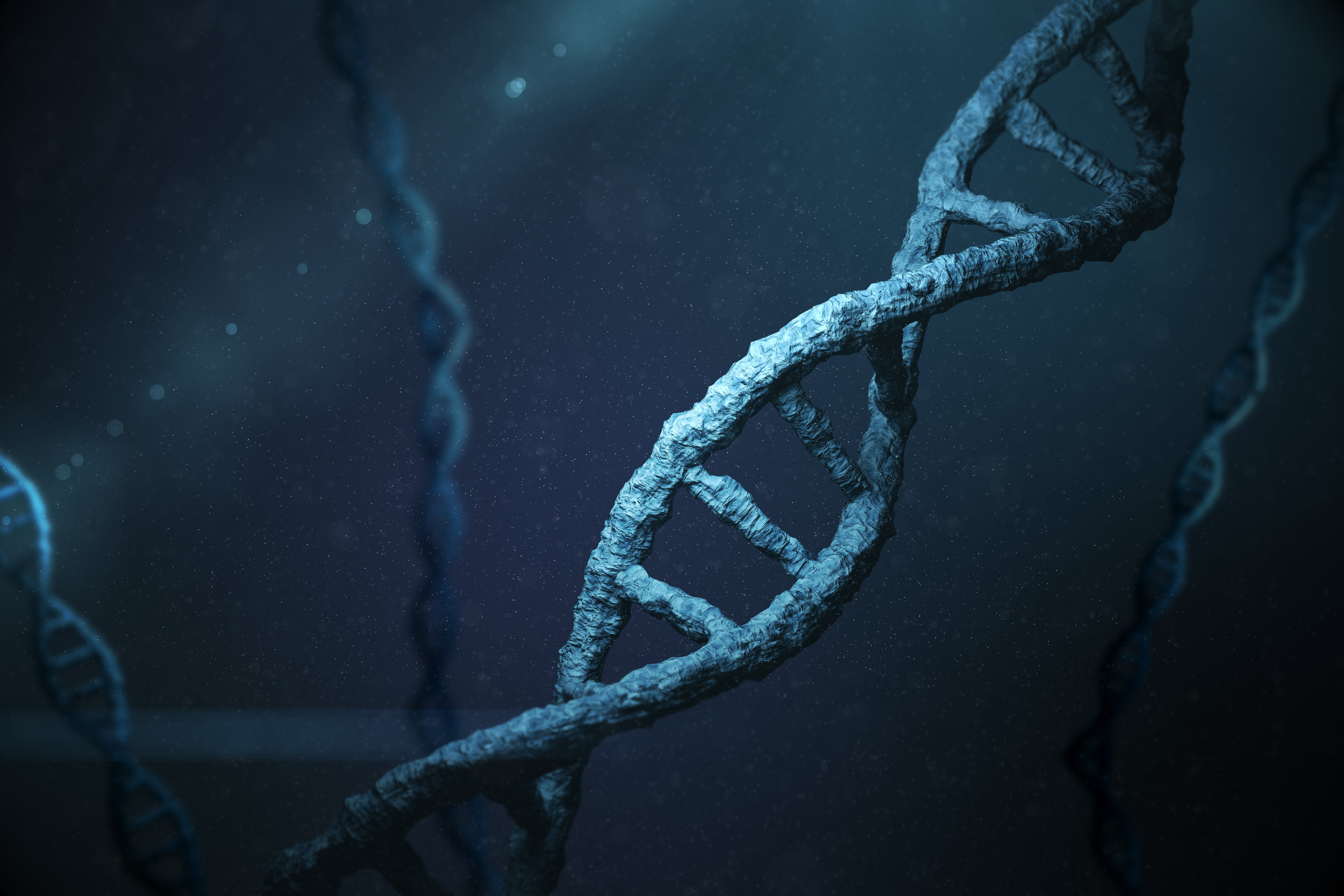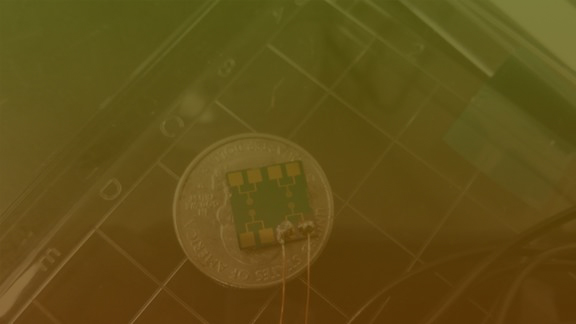Startup Promises Immortality Through AI, Nanotechnology and Cloning

One of the things humans have plotted for centuries is escaping death, with little to show for it, until now. One startup called Humai has a plan to make immortality a reality. The CEO, Josh Bocanegra says when the time comes and all the necessary advancements are in place, we’ll be able to freeze your brain, create a new, artificial body, repair any damage to your brain, and transfer it into your new body. This process could then be repeated in perpetuity.
HUMAI stands for: Human Resurrection through Artificial Intelligence. The technology to accomplish this isn’t here now, but on the horizon. Bocanegra says they’ll reach this Promethean feat within 30 years1. 2045 is currently their target date. So how do they plan to do it?
The company writes on their website: “We're using artificial intelligence and nanotechnology to store data of conversational styles, behavioral patterns, thought processes and information about how your body functions from the inside-out. This data will be coded into multiple sensor technologies, which will be built into an artificial body with the brain of a deceased human.”
This will be done with Humai company-developed apps. They’ll be collecting data on you for years. Over time, they’ll get a good model of who you are, what you know, what you’ve been through, and even your personality quirks. Then when the inevitable is upon you, cryonics will freeze your brain for storage while they prepare your artificial body.
How and of what the body will be made of hasn’t been elaborated on. Your brain will be thawed and any damage repaired via nanotechnology, borrowing information from backup files, if need be. “As the brain ages we'll use nanotechnology to repair and improve cells,” Bocanegra said. “Cloning technology is going to help with this too." Once your brain is transplanted into this new body, your brainwaves will control it, as if it was your own.
Futurists like Ray Kurzweil say the singularity will shortly be upon us. This is when AI becomes so advanced, that it can program itself to become better, smarter, faster, and therefore, beyond human control. Elon Musk says we’ll need to create neural implants that’ll link our brains with computers, in order to keep up.
We already have AI that’s so advanced, researchers don’t completely understand it.1 But this plan and Musk’s go beyond aligning us with technology. They ultimately seek to interweave us and advanced technology, to the point where we may not know where the person ends and the machine begins.
This brings up all kinds of philosophical and existential questions. Are we merely data imprinted into neural networks? Will this become a service to lend immortality to the rich, while forgoing others? Bocanegra says it will be made available to everyone and should lead to other life-saving techniques and technologies. And you wouldn’t have to undergo the process, if you didn’t want to. “I don’t think of it as fighting death,” he told Popular Science. “I think of it as making death optional.”
How might the advent of such a technique change the allocations of resources on our planet? Eliminating death from the equation could see our world become overpopulated and resource scarce, should no controls be put into place, leading to social turmoil, even war. And would we still savor life, without an end to it, and work to make it as rich an experience?
Or would we become, as Freud once called us, prosthetic gods, completely bored because the world has become devoid of any discovery or surprise? Such concerns aren’t quite around the corner, and many critics have questioned the soundness of Bocanegra’s plan and the forthrightness of his motivations.
This isn’t exactly pie in the sky. But it isn’t doable yet either, and some wonder whether Humai’s timeline is sound. For instance, we haven’t yet successfully placed a human in suspended animation and revived them. And that’s just one piece of an exceedingly complex puzzle. According to Bocanegra in an interview with Popular Science, the most challenging part will be surgically implanting the preserved brain into an artificial body.
Other biological processes too would have to come with this new body. A lot of delicate factors would have to be understood and balanced properly. Consider that our behavior isn’t only regulated by our brain. Hormones for instance play a crucial role. Colonies of bacteria in our microbiome also contribute quite a bit to our neurochemistry. Yet, we know very little about how they work.
Experts questions whether or not it will be possible to download someone’s thoughts into a computer. "The technology which could extract legible thoughts and ideas out of an organ made of living tissue is nowhere near anything we have yet,” according to British software consultant Michael Maven.
He told the Huffington Post that Humai has just two researchers working on the project, and a total staff of five. An impressive source of funding and large teams of scientists would have to be employed for decades, to ensure such advancements, unless Humai is planning to piggyback on other’s work, or merely to collect payments from desperate parties hoping to escape their demise.
Even so, the trajectory of these technologies overall, will likely make such a feat possible in the distant future. And this isn’t the only ambitious project looking to cheat death. The 2045 Initiative, started by Russian billionaire Dmitry Itskov, is also looking to develop technology, which would allow someone to transfer their personality into a “non-biological carrier” and extend life, perhaps indefinitely.
Futurist Ray Kurzweil thinks the first step is not only possible but inevitable.





